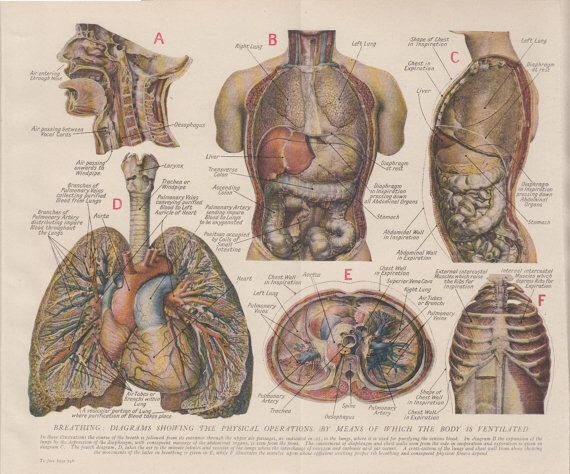
The Human Body: An Intricate System of Life
The human body is a marvel of biological engineering—a complex network of systems working in harmony to sustain life. Every part of the body, from the microscopic cells to the macroscopic organs, plays a unique role in maintaining health and ensuring survival. Our understanding of this intricate system has grown over centuries, and today we can appreciate the detailed interplay among its many components.
At the foundation lies the skeletal system, a robust framework composed of 206 bones that provide structure, protect vital organs, and serve as a reservoir for essential minerals. The bones, together with ligaments and cartilage, form joints that allow flexibility and movement. Without this sturdy yet dynamic framework, the body would lack both shape and strength.
Working closely with the skeleton is the muscular system. Muscles—whether skeletal, cardiac, or smooth—are responsible for generating movement. Skeletal muscles, which attach to bones via tendons, enable voluntary movements such as walking, running, and grasping objects. Meanwhile, cardiac muscle ensures the heart’s rhythmic contractions, and smooth muscle in the walls of internal organs manages involuntary functions like digestion. Together, these muscles not only move the body but also generate heat to help maintain a stable internal temperature.
The circulatory system acts as the body’s highway. At its center is the heart—a powerful pump that propels blood through a vast network of arteries, veins, and capillaries. This system distributes oxygen and nutrients to every cell while collecting waste products such as carbon dioxide. In doing so, it plays an essential role in sustaining cellular functions and maintaining overall homeostasis.
Equally vital is the respiratory system, which ensures that the body receives the oxygen needed for energy production and expels carbon dioxide. Air enters through the nose or mouth, travels down the trachea, and reaches the lungs where tiny air sacs called alveoli facilitate gas exchange. This constant process of oxygenation underpins all metabolic activity.
The digestive system transforms the food we eat into energy and essential nutrients. Beginning in the mouth with the mechanical and chemical breakdown of food, the process continues through the esophagus, stomach, and intestines. In the small intestine, nutrients are absorbed into the bloodstream; the large intestine then reclaims water and eliminates waste. This complex system not only nourishes the body but also plays a key role in immune defense through its interactions with gut microbiota.
At the helm of bodily control is the nervous system. Comprising the brain, spinal cord, and peripheral nerves, it processes sensory information and coordinates responses. This system enables thought, emotion, and movement, linking every part of the body with rapid electrical signals. The brain interprets these signals and orchestrates responses that maintain balance and adapt to changing conditions.
Complementing the nervous system is the endocrine system, which uses hormones as chemical messengers. Glands such as the thyroid, adrenal, and pancreas secrete hormones that regulate metabolism, growth, and mood. This system works in tandem with the nervous system to adjust bodily functions in response to internal and external cues.
The body’s defense is managed by the immune system, a sophisticated network that identifies and neutralizes pathogens like bacteria and viruses. With key players such as white blood cells, lymph nodes, and antibodies, the immune system is crucial for preventing infection and promoting recovery from illness.
Lastly, the integumentary system—comprising the skin, hair, nails, and sweat glands—serves as the body’s first line of defense against the external environment. It protects against physical damage, helps regulate body temperature, and provides sensory information about the surroundings.
Together, these systems form a tightly integrated whole. Advances in medicine and scientific research continue to reveal the remarkable ways in which the body adapts and functions. A deeper understanding of these systems not only enriches our knowledge of human biology but also enhances our ability to diagnose, treat, and prevent disease—ultimately improving our quality of life.
Works Cited
Kenhub. “Human Body Systems Overview.” Kenhub, https://www.kenhub.com/en/library/anatomy/human-body-systems. Accessed 12 Feb. 2025.
OpenMD. “Guide to Human Body Systems.” OpenMD, https://openmd.com/guide/human-body-systems. Accessed 14 Jan. 2025.
Verywell Health. “The 11 Body Organ Systems: Anatomy and Function.” Verywell Health, https://www.verywellhealth.com/organ-system-1298691. Accessed 10 Jan. 2025.
Science Learning Hub. “Body Systems.” Science Learning Hub, https://www.sciencelearn.org.nz/resources/1885-body-systems. Accessed 12 Jan. 2025.
Post a comment